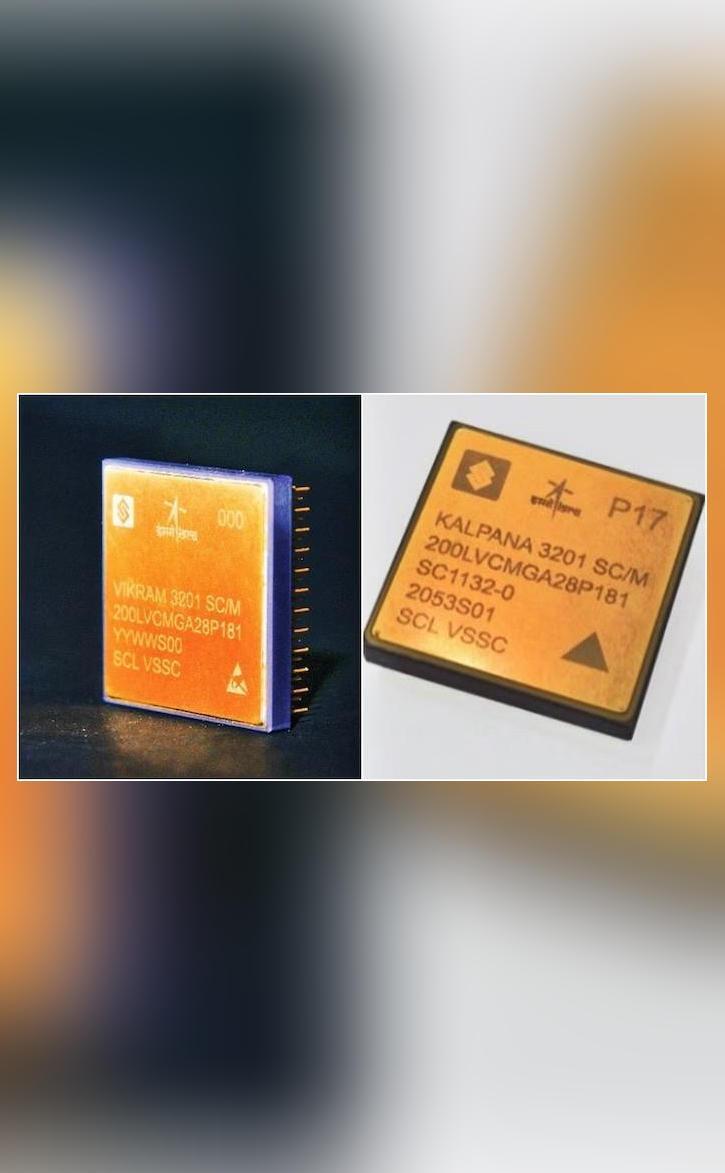
ISRO & SCL Develop 32-bit Microprocessors for Space Applications
The Indian Space Research Organisation (ISRO) and the Semiconductor Laboratory (SCL) in Chandigarh have jointly developed two 32-bit microprocessors, VIKRAM3201 and KALPANA3201, designed specifically for space applications. These microprocessors are a significant achievement for India’s space programme, marking a major milestone in the development of indigenous technology.
VIKRAM3201, in particular, is a notable achievement, as it is the first fully “Make-in-India” 32-bit microprocessor to be qualified for use in the harsh environmental conditions of launch vehicles. This development is a testament to the capabilities of Indian engineers and the country’s space programme.
Background
The need for indigenous development of microprocessors for space applications arose from the requirement for high-reliability, radiation-hardened, and temperature-resistant components. The Indian space programme, which has been growing rapidly in recent years, needed a reliable and cost-effective solution for its space missions. The joint development of VIKRAM3201 and KALPANA3201 by ISRO and SCL addresses this need, providing a cutting-edge solution for the country’s space programme.
Features of VIKRAM3201 and KALPANA3201
Both VIKRAM3201 and KALPANA3201 are 32-bit microprocessors designed to operate in extreme temperature conditions, ranging from -55°C to +125°C. They are also radiation-hardened, making them suitable for use in space environments where radiation levels are high.
Some key features of these microprocessors include:
- 32-bit architecture
- RISC (Reduced Instruction Set Computing) instruction set
- 32 KB on-chip cache
- Supports multiple bus protocols, including SpaceWire and MIL-STD-1553
- High-reliability design with built-in redundancy
- Radiation-hardened and temperature-resistant
Applications
The VIKRAM3201 and KALPANA3201 microprocessors are designed to be used in various space applications, including:
- Launch vehicles
- Spacecraft
- Satellite systems
- Ground control systems
These microprocessors can be used in a variety of roles, including:
- Control and monitoring systems
- Data processing and storage
- Communication systems
- Navigation and guidance systems
Benefits
The development of VIKRAM3201 and KALPANA3201 offers several benefits to the Indian space programme. Some of the key benefits include:
- Indigenous development: The microprocessors are designed and developed in India, reducing dependence on foreign suppliers.
- Cost-effectiveness: The development of indigenous microprocessors reduces the cost of procurement and maintenance.
- High-reliability: The microprocessors are designed to operate in extreme temperature and radiation conditions, ensuring high reliability and performance.
- Flexibility: The microprocessors can be used in a variety of space applications, making them a versatile solution for the Indian space programme.
Conclusion
The joint development of VIKRAM3201 and KALPANA3201 by ISRO and SCL is a significant achievement for the Indian space programme. These microprocessors are designed to meet the specific requirements of space applications, providing a reliable and cost-effective solution for the country’s space missions.
The development of indigenous microprocessors is a critical step towards self-reliance in the space programme. It not only reduces dependence on foreign suppliers but also enables the country to design and develop complex space systems indigenously.
As the Indian space programme continues to grow and evolve, the development of VIKRAM3201 and KALPANA3201 will play a crucial role in ensuring the success of its missions.
Source:






